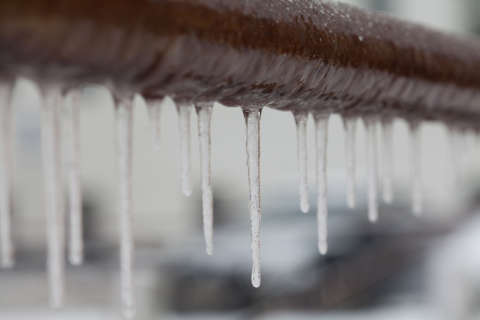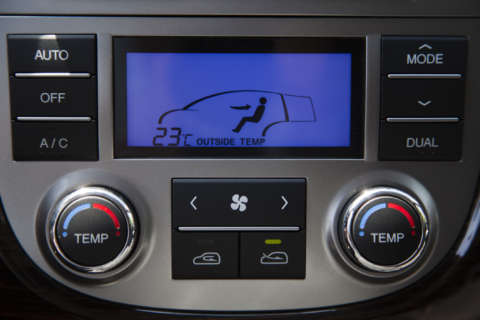WASHINGTON — After prolonged exposure to frigid temperatures, get someplace warm. But for lingering symptoms that suggest you might have frostbite, you’ll likely need medical attention, a local doctor advised.
“If symptoms persist beyond 30 minutes, it’s time to seek professional help to have an evaluation,” said Dr. Jeffrey Shupp, director of the burn center at MedStar Washington Hospital Center.
Those symptoms include numbness, tingling, skin color changes, a sensation of pins and needles or burning pain.
It’s typically considered rare to see frostbite in the Mid-Atlantic region. Shupp has seen no cases of frostbite — or the less serious frost “nip” — during this current cold snap. But three years ago, he said, MedStar observed a sharp uptick of cases. More than 20 victims of frostbite were treated over a two-month period.
“Unfortunately (for) all of those patients, although they got to the burn center, it was really too late for us to do any cutting-edge therapy to try to save their fingers,” Shupp said of the people who had either full or partial amputations of fingers.
In cases where treatment for frostbite is initiated within the first several hours of injury, Shupp said doctors can sometimes use clot-busting drugs typically used for strokes to try to save tissue in frostbitten fingers and toes.
Even though you might feel reluctant to go to the doctor to get checked out, Shupp recommends it.
“Better safe than sorry,” he said.
So, why go to burn doctors? They are experts in frostbite because treatment for both injuries is similar.
“The skin and the soft tissue below the skin is oftentimes destroyed from the cold, and then the patients either need grafting or amputation to restore function in their hands and feet,” Shupp said.








